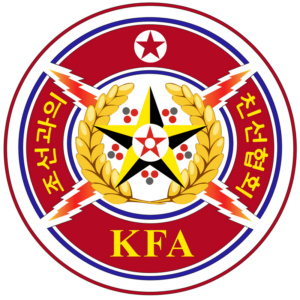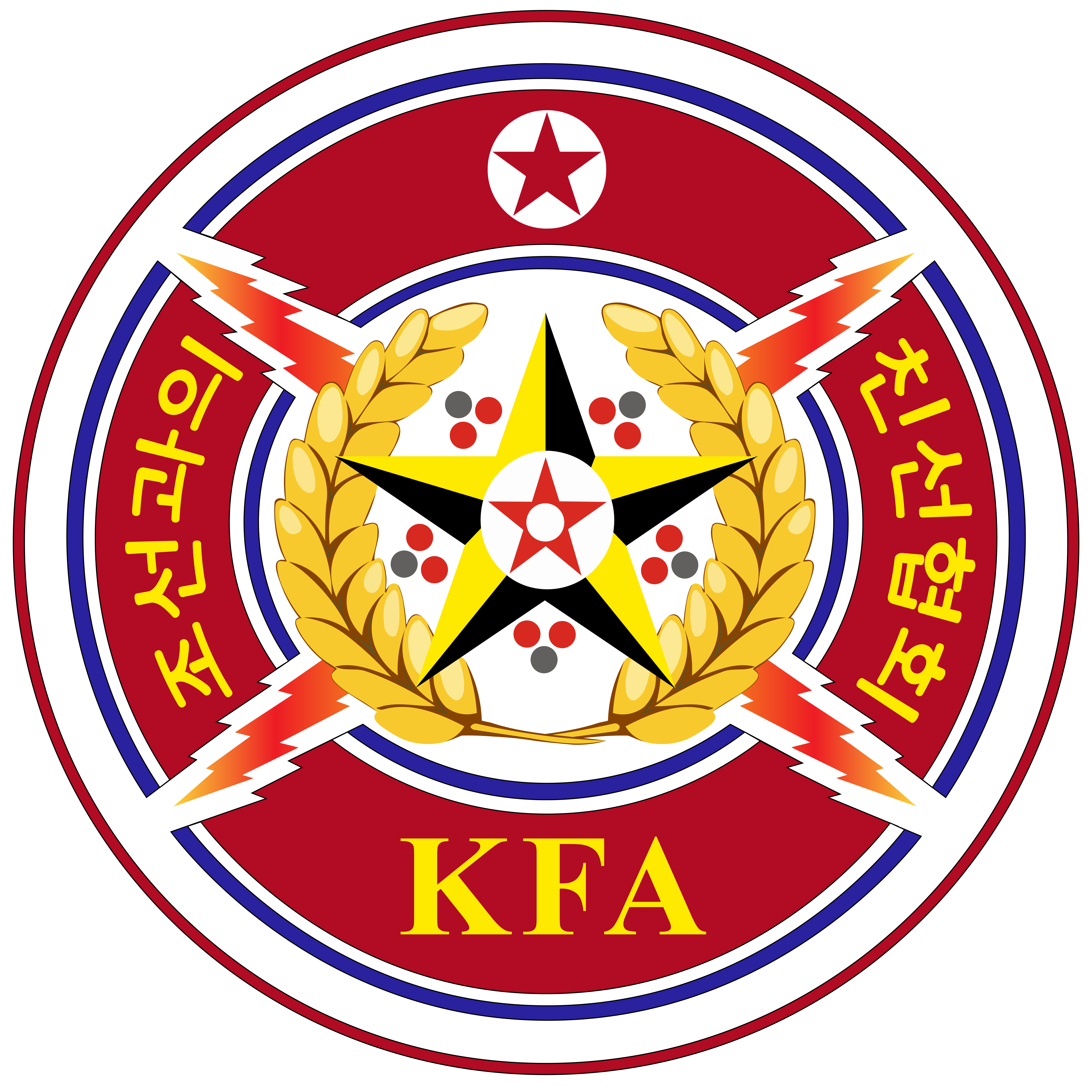News
Historical Sites and Relics of Koguryo Unearthed in Pyongyang
Researchers of the Faculty of History of Kim Il Sung University have recently made comprehensive studies of historical sites and relics unearthed up to now in the Rimhung-dong area, Taesong District, Pyongyang, and made public the result which is of great significance in clarifying the history of Koguryo.
From Juche 80 (1991) to Juche 109 (2020) they unearthed and ascertained the historical sites and relics dating back to the period of Koguryo in the above-said area and, in the course of this, made clear afresh that Koguryo, from the outset of the first century, regarded the area as a major regional base and transferred its capital to the walled city of Pyongyang and developed culture.
In the area they discovered some building sites, two wells (Nos. 1 and 2), one underground structure built with bricks, many pieces of roofing tiles and earthenware, etc.
The wells are located about 2 500 metres south of the seat of Rimhung-dong, Taesong District. At the time of discovery, their inner facilities remained intact but some upper parts of their walls were broken.
The first well was made by hardening the bottom with small gravels, sand and clay, installing a square wooden frame with a side of 98cm and a height of 56cm, and piling up the walls with dressed stones of a quadrangular-pyramid type into an octagonal shape and then into a round plane.
Unearthed in the well were pieces of stone paduk (go) board, roofing tiles, earthenware, iron pot, lacquered wooden jar, etc.
The second well was made by hardening the bottom by the same method as was used to make the first well, installing a square wooden frame with a diameter of 100cm, and piling up the walls with river gravels up to 160cm and then with flat stones.
Unearthed there were many pieces of earthenware, clay paduk (go) board, bamboo comb, etc.
Also discovered in the above-said area were a building site with four cornerstones, two underground drains filled with river stones and an underground brick structure with a width of 150-160cm from south to north, a length of 200cm from east to west and a height of about 90cm. A large number of relics of various kinds were collected around the area.
Through the discovery, the researchers verified a new aspect of the developed culture in Koguryo.
They proved that the pieces of stone paduk board discovered for the first time in the first well were a board with 19 grids belonging to the earliest one in the world, and that the paduk board of Koguryo had been handed down via Koryo to the end of the feudal Joson dynasty.
They also made clear that underground water was filtered again in the wells and wooden frames were used as they were good for the cleaning, and thus identified Koguryo’s technology of improving water quality in the wells.
The Archaeology Society of the DPRK acknowledged the great academic significance of those historical sites and relics, and the Non-Permanent Tangible Heritage Examination and Appraisal Committee assessed their values and registered the two wells on the list of preserved sites.














